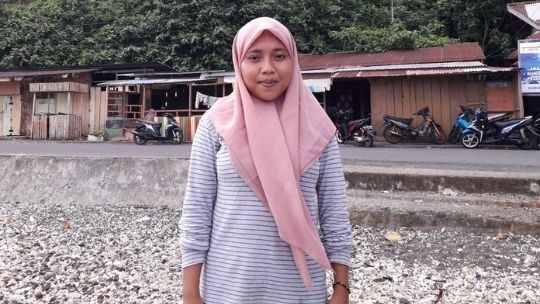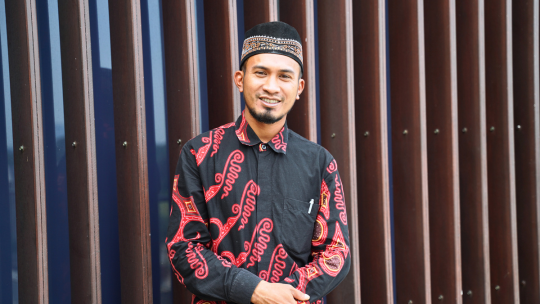Let's Make The Water Come to Our Village
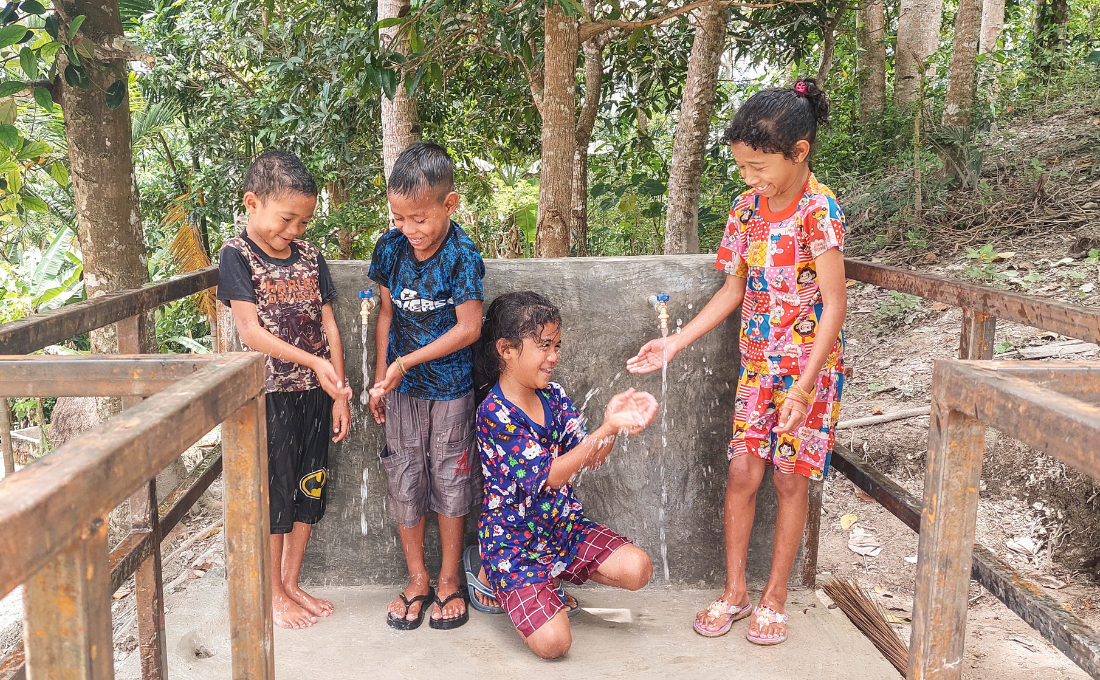
Imagine if, just to get water, we had to walk from the National Monument to the Sunda Kelapa Grand Mosque. Usually, we only need a few steps and minutes to get a faucet that flows clean water. But what if we should walk that far just to get some water? Children and communities in one of the villages in South Central Timor District, East Nusa Tenggara, experience this daily. "In the past, there was no clean water near my house. I had to walk approximately 3km round-trip to fetch water from the river. I had no time to study and play. I was also often late for school. Now that the water is near my house, I can study, play and go to school properly," said Refsi, a 13-year-old.
Before the water reached her village, it took Refsi 1.5 to 2 hours on foot to fetch water. She had to take the rocky downhill and uphill paths and still carry liters of water. Access to clean water in the village where Refsi lives is challenging. But now, Wahana Visi Indonesia, in collaboration with PT Sky Indonesia and Indomaret and in partnership with the village community, has succeeded in building a clean water network that once seemed impossible.
The village has a natural spring on the banks of the river. During the dry season, the children and the community utilize the spring. "A few times, when we have money, we usually buy water. But if we don't, we must walk a long way to get water from the river," said Welmince (18). The lack of clean water has an impact on village sanitation. Children and adults rarely wash their hands because water is limited. A clean and healthy lifestyle cannot be practiced because bathing and washing can only be done in the spring area. This condition can lead to diseases such as diarrhea or vomiting that quickly affect toddlers.
Apart from being quite far away, the position of this spring is lower than the village. The water has to climb 300m high for 2km to reach the village. Geographically, constructing a clean water network with a location like this is very challenging. But through careful planning and the application of technological innovation, the Village Head and the Water Committee agreed to proceed with the construction. For eight months, 204 people from the community, men and women alike, worked together to build:
- A stone dam around the spring
- A collection well around the spring
- Water pump storage area around the spring
- Temporary catchment basin
- Water storage and storage reservoir just ½ way between the spring and the village
- Water pump storage area along with solar panel as a pump energy source
- Water pipeline to one main storage point in the village
- Water pipes to the houses
- Water monuments are located at eight points in the village
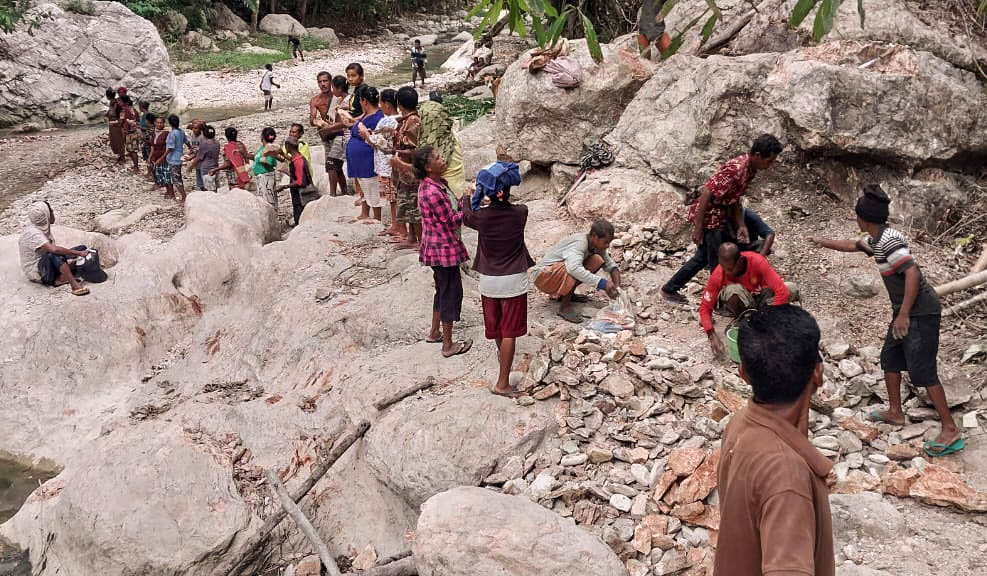
Villagers work together to cement the stones used to build the dam around the spring.
"Many people have surveyed the location of our spring. But they were not able to continue. Only now do we see that the community can build and enjoy it? As the Water Committee, we have also been given insight into how to maintain and care for this facility. We are motivated to integrate this facility with existing programs in the village, such as the BUMDes," said Asta Lopo (45), Chairman of the Water Committee in the village. "It is now our duty and responsibility to maintain this facility as it is now village property," added Wempi Biliu (38), the Village Head.
The joy and emotion were unstoppable when the community finally saw running water in their village. Children happily played around the water monument, enjoying the clear and fresh water. This clean water network directly benefits 1,275 people, including 409 children. During the rainy season, the clean water network can provide 29,000 liters of water per day. During the dry season, the installed solar panels provide an energy source capable of pumping 50,000 liters of water daily.
Children and Communities are Getting Cleaner and Healthier
The construction of clean water network facilities goes hand in hand with community capacity building on PHBS. Through the WASH BP program, the community and WVI conduct activities encouraging the community to be open defecation free and diligent in washing hands with soap.
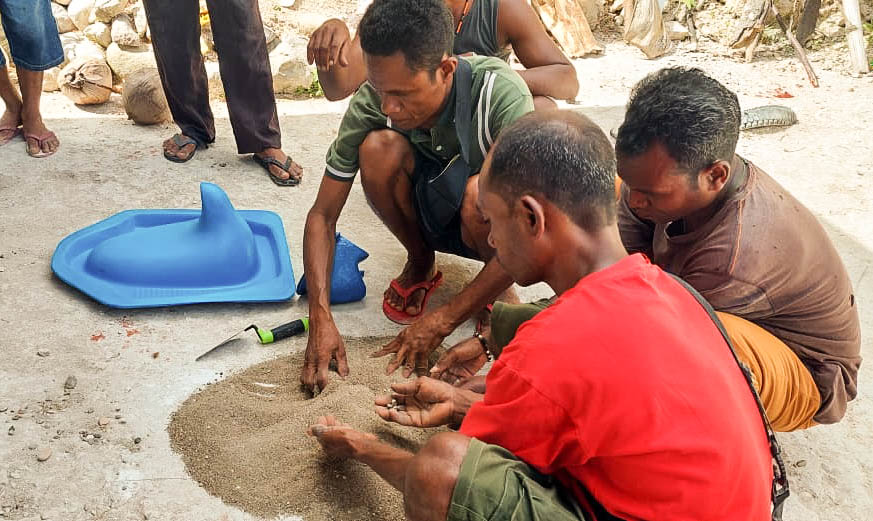
The community participated in a training on healthy latrine construction as a follow-up to the availability of clean water network facilities in the village.
A total of 95 adults participated in the healthy latrine construction training and successfully made 46 units of squat toilets. The toilets have been installed in community homes and are functioning well. When water is available, the community will be more aware of living a clean and healthy life, starting with using the toilet to urinate and defecate.
In addition, 113 children participated in the HWWS training. Starting this activity, the children conducted questions and answers related to HWWS. In this activity, the children also participated in a poster-making competition that illustrated the steps and importance of HWWS. After that, a demonstration was conducted on how to wash hands using soap properly and correctly. This activity aims to increase public awareness of the importance of hand hygiene for children and community health.
By having access to water, children are expected to grow up healthy. The program has also improved child protection, where children can spend more time playing and learning as they no longer have to spend hours fetching water.
Access to clean water is also found in another area in East Nusa Tenggara, Southwest Sumba Regency. Currently, WVI, through the Global 6k Water for Sumba campaign, is planning to build 30 Rainwater Collection points (PAH) for five assisted villages in the district. You can participate so that children in Southwest Sumba can also feel what has been supposed in South Central Timor. More information about Global 6k Water for Sumba can be accessed at www.wahanavisi.org/waterforsumba. Every step we take is a life for them. Take action now!
Writer : Mariana Kurniawati (Communication Executive)
Contributor : Berwaddin Simbolon (WV Indonesia Timor Tengah Selatan operational office manager)

